10 ways kids can explore space in Pittsburgh
Space exploration and the study of the night sky captivate the imagination. There’s any number of animated shows, movies and books inspired by the idea of visiting other planets and traveling to infinity and beyond.
But the true science of space and the study of astronomy can be exciting, too. Here are 10 ways Pittsburgh kids can explore space right in our own backyard.
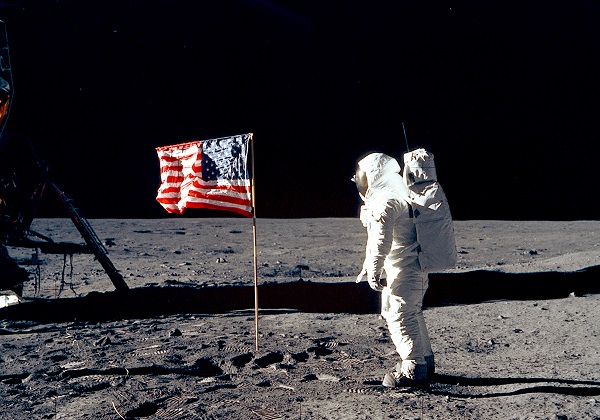
- Witness moon landing history
The thrill begins when passing through the gantry walkway into “Destination Moon: The Apollo 11 Mission.” Steam rises along the deep orange piping and grate flooring, just as it did when astronauts Buzz Aldrin, Neil Armstrong and Michael Collins entered the command module 50 years ago.
That moon landing anniversary is part of the excitement of this Smithsonian exhibit at Senator John Heinz History Center. Don’t miss the chance to see the Command Module Columbia, the first time it has left its home at the National Air and Space Museum since 1971. Pittsburgh is one of just four cities to host this exhibit.
Kids will find lots of cool interactive stuff to inspire astronaut dreams, like the lunar lander video game and a 3-D virtual tour of Columbia’s interior. A display of moon- and space-related games and toys shows the exhilaration that gripped the country. You’ll find great spots for photos ops through the module’s window and in the standup astronaut cutouts.
The story of how 400,000 Americans helped the race to the moon succeed is rather intriguing. Even more fascinating is how Pittsburgh companies and innovators contributed to the space program. Pittsburgh-invented prototypes – like the telescoping flagpole holding the US flag upright on the moon – are part of the 100-plus artifacts in the exhibit.
“Destination Moon” will remain in Pittsburgh through Feb. 18 with loads of kid-friendly events planned.
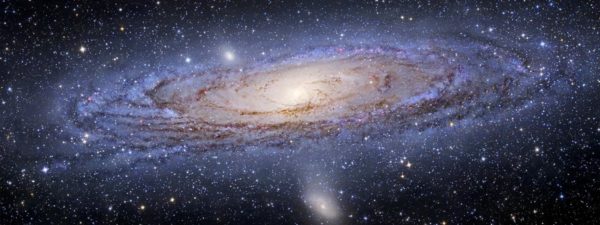
- Tour the night sky
The monthly SkyWatch at Carnegie Science Center gives kids a chance to explore space on a personal level, beginning with a virtual tour of the night sky in the Buhl Planetarium. When the skies are clear – fingers crossed! – everyone heads up to the observatory to look through the 16-inch Meade LX200 Schmidt-Cassegrain telescope. Examine stars, planets and the rings of Saturn. Of course, the more kids learn, the more questions they have. Happily, a team of astronomy experts is on hand with answers.
SkyWatch is priced at just $4, but if you bring your own telescope to share with others, admission is free. The program is presented at 7 and 9 p.m. to accommodate early bedtimes for kids.
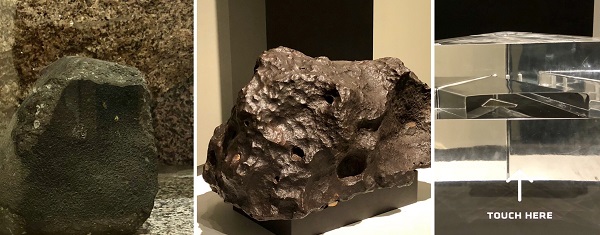
- Touch a meteorite – and a piece of Mars!
Find a few out-of-this-world treasures in the Benedum Hall of Geology at Carnegie Museum of Natural History. Kids will learn that meteoroids – chunks of rocks flying through space – are called meteors once they break through Earth’s atmosphere, often glimpsed in the night sky as shooting stars. The fragments that land on Earth are meteorites.
The 496-pound Canyon Diablo Meteorite fragment invites hands to run over its smooth and bumpy surfaces. It was discovered in Arizona in 1891 near the town of Canyon Diablo.
A more recent meteorite fell in Nigeria in 1962. The Zagami Meteorite is believed to have come from Mars because it contains the same gasses found in the Martian atmosphere. Though relatively new to Earth, the rock might be around 170 million years old. The Zagami Meteorite fragment is encased in Plexiglass, but kids can slide their fingers in for a touch of the Red Planet.
Another rock that sparks imagination is an Allende Meteorite tucked into a corner of a display case. The rock is made of primitive planetary material formed about the same time as Earth. The Allende meteor showers landed near the village of Pueblito de Allende, Mexico, in 1969. A whopping 2 tons of meteorite debris were gathered, which allowed scientists to study them in anticipation of examining the first moon rocks.
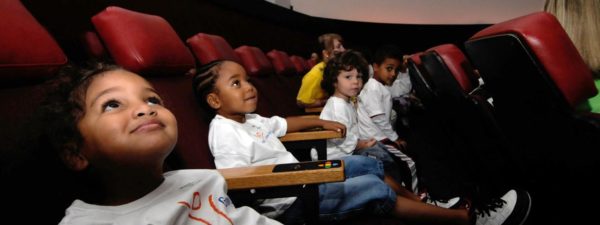
- Explore the outer limits – in hi-def
Kids can lean back in their seats under the big dome for Buhl Planetarium shows at the Carnegie Science Center. A variety of subjects and treatments aimed at different age groups begin with the pre-K crowd, who will love “The Sky Above Mister Rogers’ Neighborhood” and “One World, One Sky: Big Bird’s Adventure.”
“Expedition: Solar System” takes grades 1-4 on a trip to the mountains of Mars and the rings of Saturn. “Mars Madness” explores the latest data on the Red Planet for grades 4-8. And older teens will enjoy the “Beginners’ Guide to the Universe” and “SolarQuest Live.”
Planetarium shows are included in the admission price, so be sure to check the schedule and work at least one into your next Science Center visit.
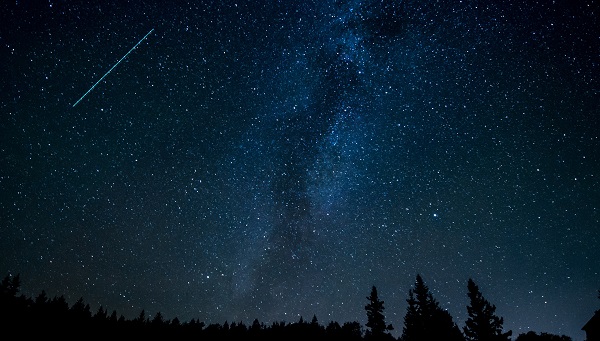
- Party with the stars
Astronomers must be about the friendliest scientists and enthusiasts around. The Amateur Astronomers Association of Pittsburgh regularly schedules free Star Parties at Wagman Observatory in Allegheny County and Mingo Creek Park Observatory in Washington County. There, AAAP members freely share their telescopes and knowledge of the night sky.
Families can bring their own telescopes, binoculars or just curious eyes. Both observatories are equipped with two large telescopes. Throughout the night, kids can get a tour of the sky as an introduction to constellations and the brightest celestial bodies.
Check the calendar for the monthly schedule of events – and be sure to mark your calendar for the big show coming up in January with the Total Lunar Eclipse. Past parties have included viewing the Perseid Meteor Shower, the Hercules Cluster, the Ring Nebula and the Andromeda Galaxy.
The AAAP throws occasional community Star Parties, too, at spots like Emerald View Park, Schenley Park, Moraine State Park and Laurel Hill State Park. It’s a fun, hands-on way to inspire an interest in space.
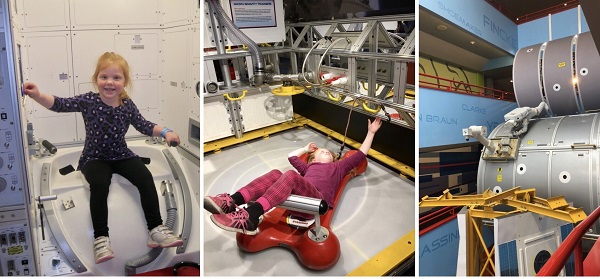
- Visit the International Space Station
The SpacePlace at Carnegie Science Center offers a two-floor exhibit of exploration. Kids can climb onto the International Space Station Modules and learn how astronauts live in space. Kids can sit on the Space Station commode, push the flush button and laugh along with the accompanying sound effect. Crawl into a bunk and learn how astronauts understand the true meaning of “night, night, sleep tight.”
In the Micro-Gravity Trainers, kids lie down on the scooter-like carts and practice simple space station tasks. Hooking and unhooking bungee cords, plugging connectors and turning valves allow kids to experience what it’s like for astronauts working in weightless conditions.
The SpacePlace includes an exhibit of surprising spinoffs from space technology, like shock-absorbing foam used in football helmets, infrared ear thermometers, UV-blocking sunglasses and school bus chassis.
The Rocket Launch and Parachute Drop give kids a chance to experiment with payloads, as well as the forces that act on a vehicle in flight. Beyond the scientific lessons, shooting rockets in the air is a blast!
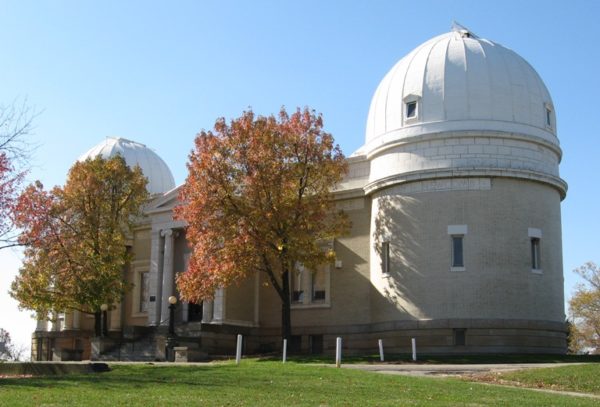
- Climb the hill where history meets science
The Allegheny Observatory had its beginning as a social club, the Allegheny Telescope Association, inspired by the 1858 Donati’s Comet. The group built an observatory in what is now Riverview Park and, in 1867, passed it onto the school that grew into the University of Pittsburgh. Just 4 miles from Downtown, it’s hard to imagine the site was chosen to be far from city lights.
Today, Allegheny Observatory remains one of the major astronomical research facilities in the world, operating under Pitt’s Department of Physics and Astronomy. The “new” 1912 Neoclassical building houses three telescopes in its domes, including a 47-foot, 8,000-pound Thaw refractor, the largest photographic refractor in the country.
Kids can circle the building and identify names of famous astronomers that are cut into the stonework below the roof. The building is not open to the public, but those running the observatory have been committed to sharing their knowledge with the community. Free, regularly scheduled tours, lectures and other events require reservations.
Kids might also get a thrill – at least until bedtime – by following the All-Sky Camera, which updates every minute from 7:15 p.m. to 6:30 a.m.
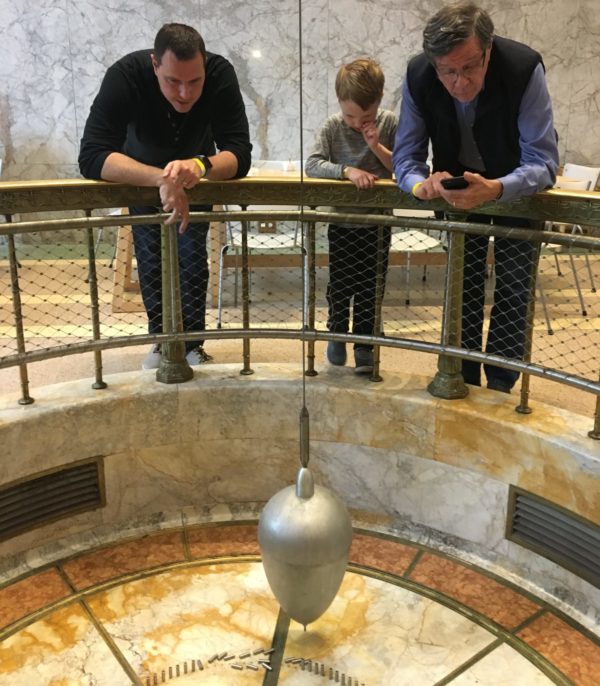
- Observe the Earth’s rotation
When kids at the Children’s Museum of Pittsburgh stop in the Big Red Room Café, they find lots of distractions besides snacks. An old-time favorite that goes back the building’s beginning as the Buhl Planetarium is the 1939 Foucault Pendulum.
The heavy pendulum swings back and forth, knocking down pegs every 15 minutes. The pendulum rotates in relation to the Earth’s rotation. The first of its kind was built in 1851 by French physicist Jean-Bernard-Léon Foucault as the initial laboratory demonstration of how the Earth spins on its axis.
This pendulum has been mesmerizing young scientific minds for generations. Ask your Granddad if he remembers it!
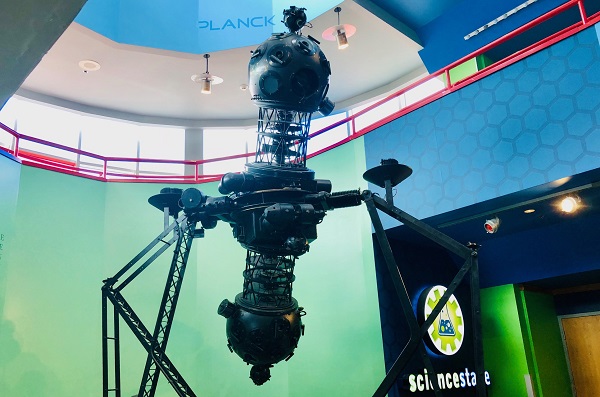
- Travel through space and time
The Zeiss Model II Star Projector is the star of the Peirce Gallery at Carnegie Science Center. Parents and grandparents will remember the excitement of watching the insect-looking projector rising from the floor on a planetarium field trip. Its history is pretty darn impressive. In use from 1939 to 1991 at the Buhl Planetarium, it was moved into the then-new Science Center. Besides teaching kids about the stars and planets for over 50 years, the projector was used for training by US Air Corps pilots during World War II.
Kids will have fun with the interactive experiences surrounding projector history, such as a “time machine” that gives a glimpse of what was happening in astronomy during the year selected from 1939 on. Or kids can choose a date and time on the star clock and view major constellations in the Pittsburgh sky on that night.
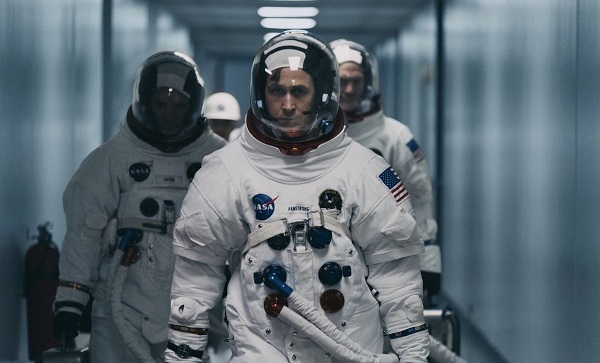
- Get the first-person story behind the “First Man”
Directed by Academy Award-winner Damien Chazelle, “First Man” (PG-13) is based on the first-person account by Neil Armstrong in “First Man: The Life of Neil A. Armstrong” by James R. Hansen. Ryan Gosling plays Armstrong in a role that shows the human side of the man embarking on this most dangerous mission.
Check out the Common Sense Media review here to judge whether the film is appropriate for your kids.
And a bonus event:
The EQT Bridge Theater Series brings “Moon Shot” from Theatre Unspeakable on Jan. 18 and 19. The play recreates the story of America’s Apollo 11 lunar landing. Seven actors squeeze onto a 21-square-foot stage that’s almost as tight a fit as NASA’s original Mercury capsules. They use only their voices and bodies to bring to life one of the most daring times in the history of human exploration. Expect tongue-in-cheek humor among the action.